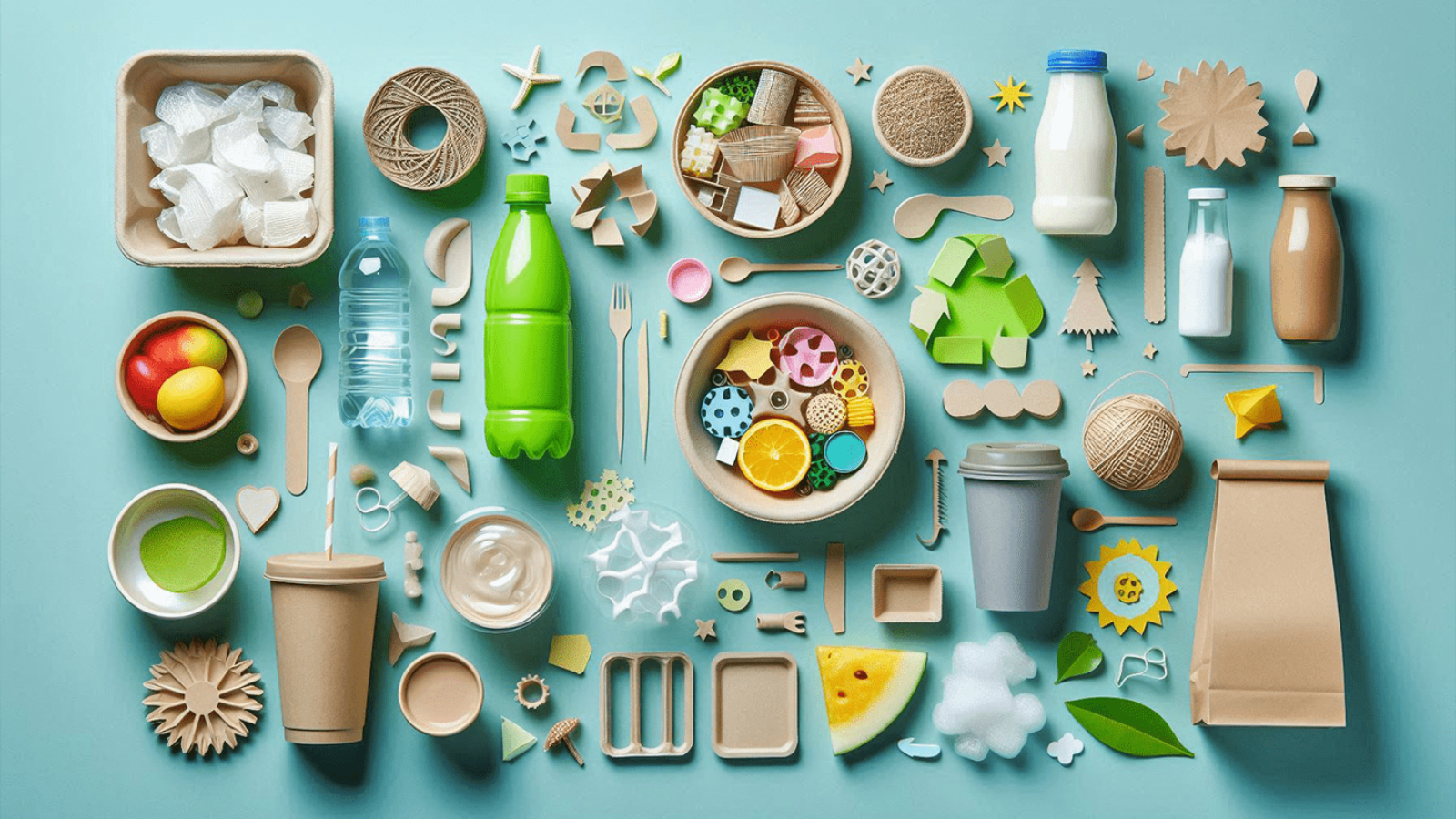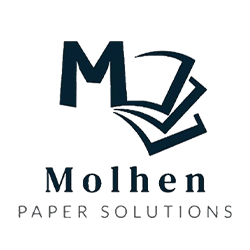Understanding the materials used in sustainable packaging can help businesses make informed decisions that align with their environmental values. Here’s a breakdown of some key eco-friendly packaging materials.
1. Cellulose
Cellulose is an organic compound found in plants and is one of the most abundant resources on earth. As a packaging material, cellulose is prized for its biodegradability, compostability, and strength. Cellulose-based packaging offers excellent barrier properties, making it suitable for a wide range of applications, from food wrapping to bags. Since it comes from renewable plant sources, cellulose is a popular choice for businesses looking to reduce their carbon footprint.
2. PLA (Polylactic Acid)
PLA is a bioplastic derived from renewable resources like corn starch or sugarcane. It’s known for its versatility, able to be molded into various shapes and forms, including bottles, cups, and bags. PLA is compostable in industrial facilities and biodegradable, which reduces its environmental impact. However, unlike cellulose, PLA requires specific conditions to break down fully, making proper disposal and composting infrastructure essential.
3. Recycled Paper and Cardboard
Recycled paper products are some of the simplest yet most effective forms of sustainable packaging. Using post-consumer waste reduces the need for virgin materials, saves energy, and diverts waste from landfills. Recycled paper and cardboard are ideal for packaging boxes, product inserts, and bags, providing sturdy protection without compromising on environmental responsibility.
4. Mushroom Packaging
This innovative material is made from agricultural waste and mushroom mycelium. Mushroom packaging is 100% biodegradable and can break down in a matter of weeks when composted. This material is great for protective packaging and insulation, especially for fragile items.

 Cart is empty
Cart is empty 

Add a Comment